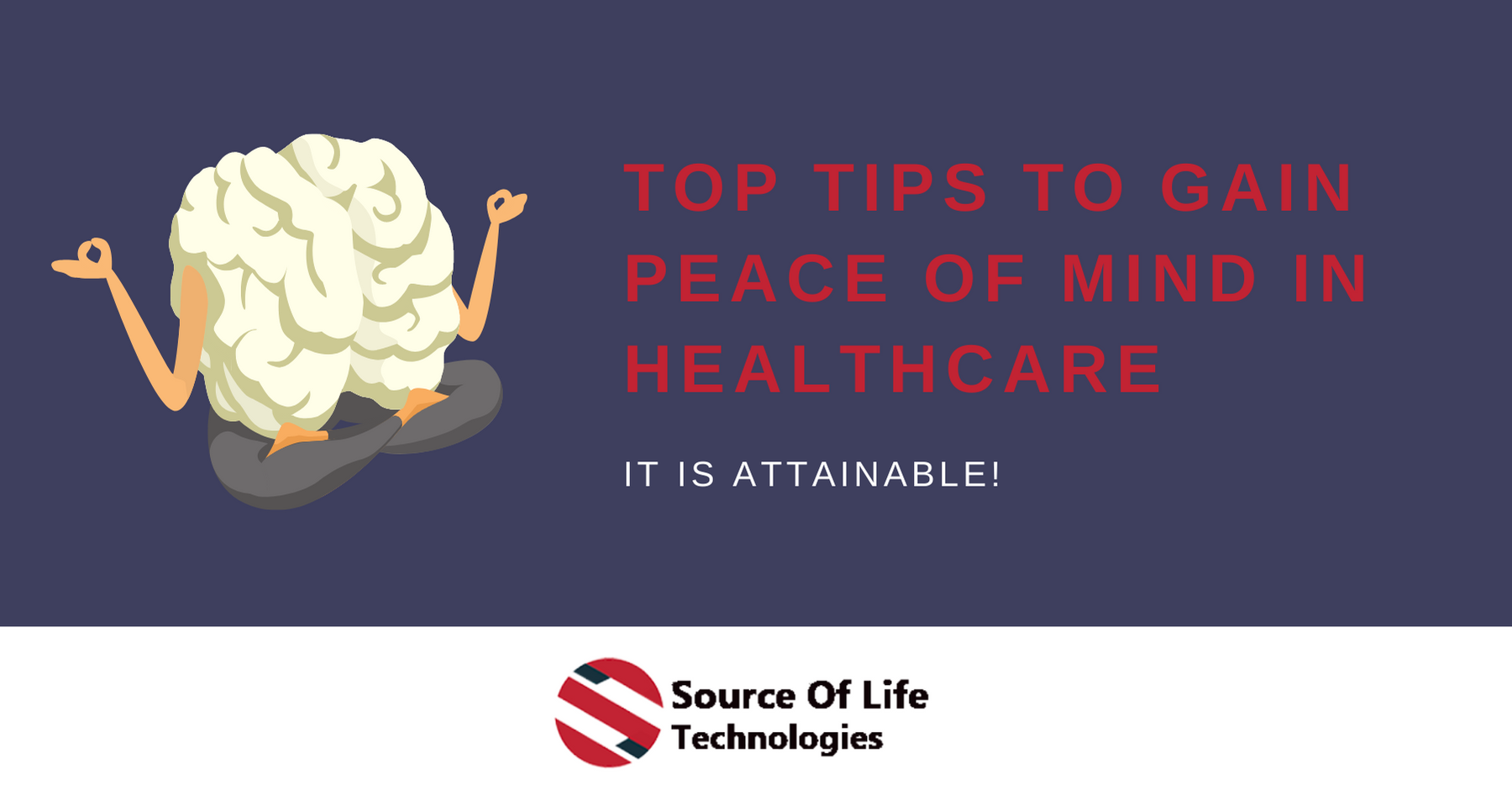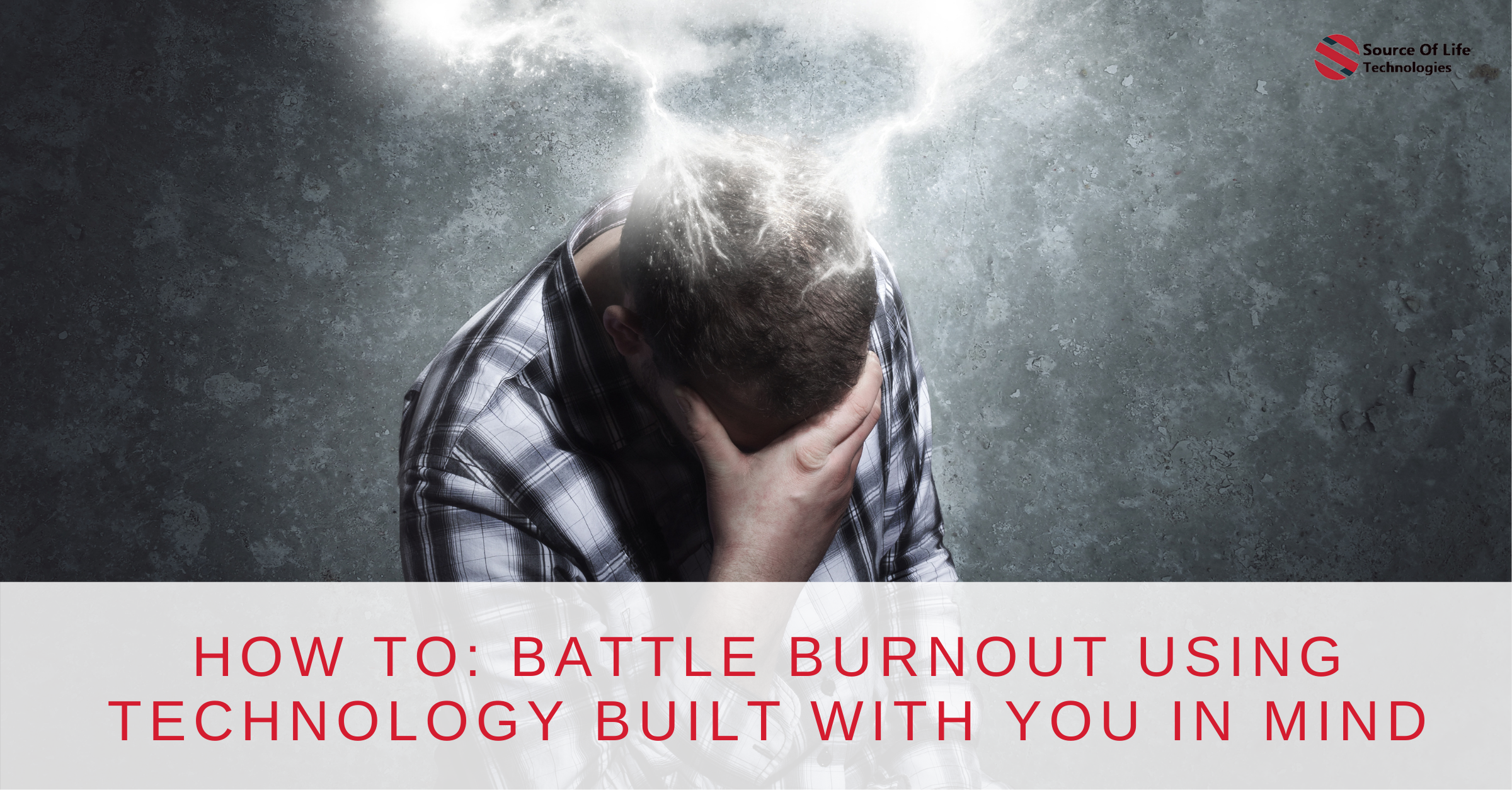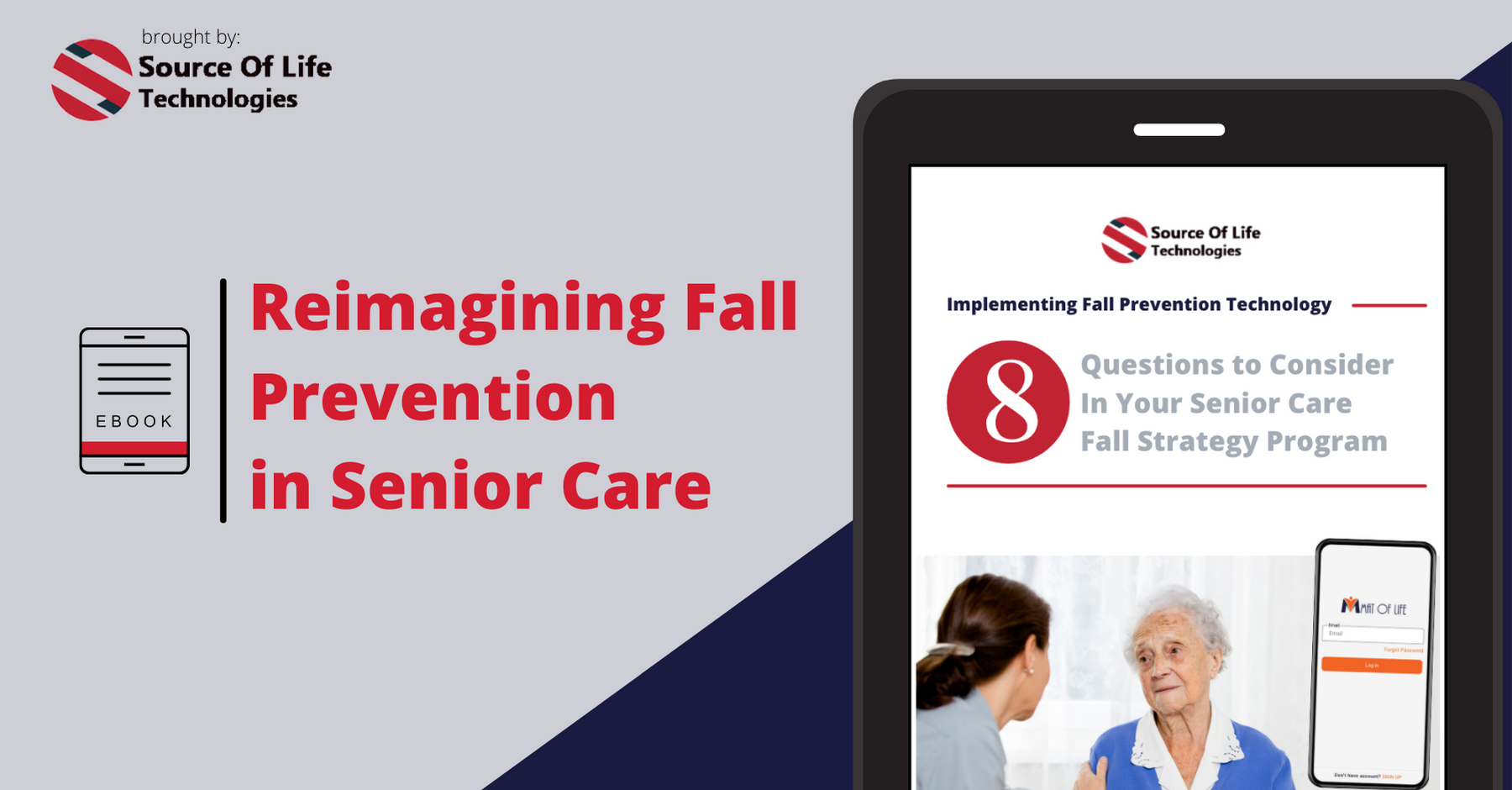Top Tips to Gain Peace of Mind in Healthcare

The past year has yielded many new advances, insights, and uncertainty. We may have even felt unease in a mental, physical, and even emotionally exhausting form. What we all long for inside is confidence. We yearn for peace of mind for ourselves, our loved ones, and our aging parents.
Are you looking for peace of mind that comes from freedom of worry?
Our goal is to help figure out how to lower fear, anxiety or worry in healthcare needs. Lack of communication, lack of proactive healthcare partnerships, or even lack of access to information and options are not the elements of peace of mind in healthcare. There are ways you can gain assistance on your journey to peace of mind in healthcare. Telemedicine, artificial intelligence, machine learning and virtual monitoring have paved a way toward treating clients earlier (when not as ill), creating independence, convenience, enhanced follow-up care, and improved engagement across services with data driven insights. Peace of mind is attainable!
Peace of mind is not attainable without having insight into what your health journey looks like at any given time. Knowledge is power. Let’s link that power to freedom of worry. Whether we like it or not, almost every piece of technology that we use in our daily lives collects data. The good news is for healthcare providers and senior caregivers alike, we can leverage that data to make better decisions, easily increase engagement, and find autonomy in sharing in a complete caregiving ecosystem.
If you are looking for ways to find peace of mind in healthcare here are a few things you can do:
- Tip #1: Find devices that learn from you and are simple to use
One of the most important elements to think about when evaluating technology is the ease of use and quality of communication tools available. Artificial Intelligence (AI) and Machine Learning (ML) are here to improve the way we learn and help us change for the better.
A result-oriented solution that is personalized and based on data driven insight will enhance monitoring and recognize early differentiators to health changes. Coupling that with the ability to engage a whole caregiving team via SMS text, phone calls, online support services and integrated physician and therapy chats can mean the difference between reactivity versus proactivity in caregiving.
- Tip #2: Find a community that connects with you
Online engagement platforms and quick access to loved ones and support networks can establish relationships and decrease feelings of anxiety over isolation or lack of information. Engaging in a community of like-minded individuals or having access to feedback or professional support can reduce stress, worry and overall anxiety.
- Tip #3: Define your needs early and get the facts
You no longer need to be overwhelmed by lack of knowledge, wait days/weeks to see a doctor, increase exposure to germs, or lack follow-up care. Access to unique, easy-to-use platforms that can connect you with doctors or therapists for virtual consultations anywhere or anytime or provide remote monitoring opportunitieswith Bluetooth devices or artificial intelligence provides much ease of mind. Artificial Intelligence (AI) has uncovered ways for providers to use tools to determine next steps in treatment and now this is available to bring into your home for everyday caregivers to utilize and help balance safety and autonomy. Healthcare does not need to be a struggle.
- Tip: #4: Find a cost-effective solution
The most difficult step for most of us is money. Or maybe, the fear of cost. The two are related. Many are fearful of being unable to afford or pay for healthcare. Fear drives so many of our decisions and pushes us farther away from peace of mind.
Easy, convenient access to high quality healthcare can save a lot of pain and money. AI-enabled and machine learning technology provides the opportunity to address a rising risk and deliver care sooner leading to the delivery of patient services seamlessly and at a lower cost from emergent care. A proactive approach to senior caregiving will improve user health and reduce overall cost.
But what about the cost of the devices we are looking to use as well? The key is to look for simple pricing with no surprises and a primary focus to help you, your loved one or organization improve the quality of life and healthcare experience.
Want to learn more?
Starting a new journey toward proactive healthcare (and peace of mind) will not be hard with the right tools in your corner. If you are ready to find new ways to gain data driven insights and increase communication in you or your loved one’s healthcare planning, the Source of Life Technologies team is on hand to help you find the right methods.
From online engagement, mobile app opportunities, and to senior care fall strategies, healthcare shouldn’t be reactive - it should be proactive. Doors have been opened to on-demand healthcare and it turns out the overwhelming majority of patients, physicians, families and therapists want to continue down that path. The decision to modernize your senior care strategies is a big one and doesn’t happen overnight. Talk to the Source of Life Technologies team for the guidance and direction you need to make the change in your organization or home.

